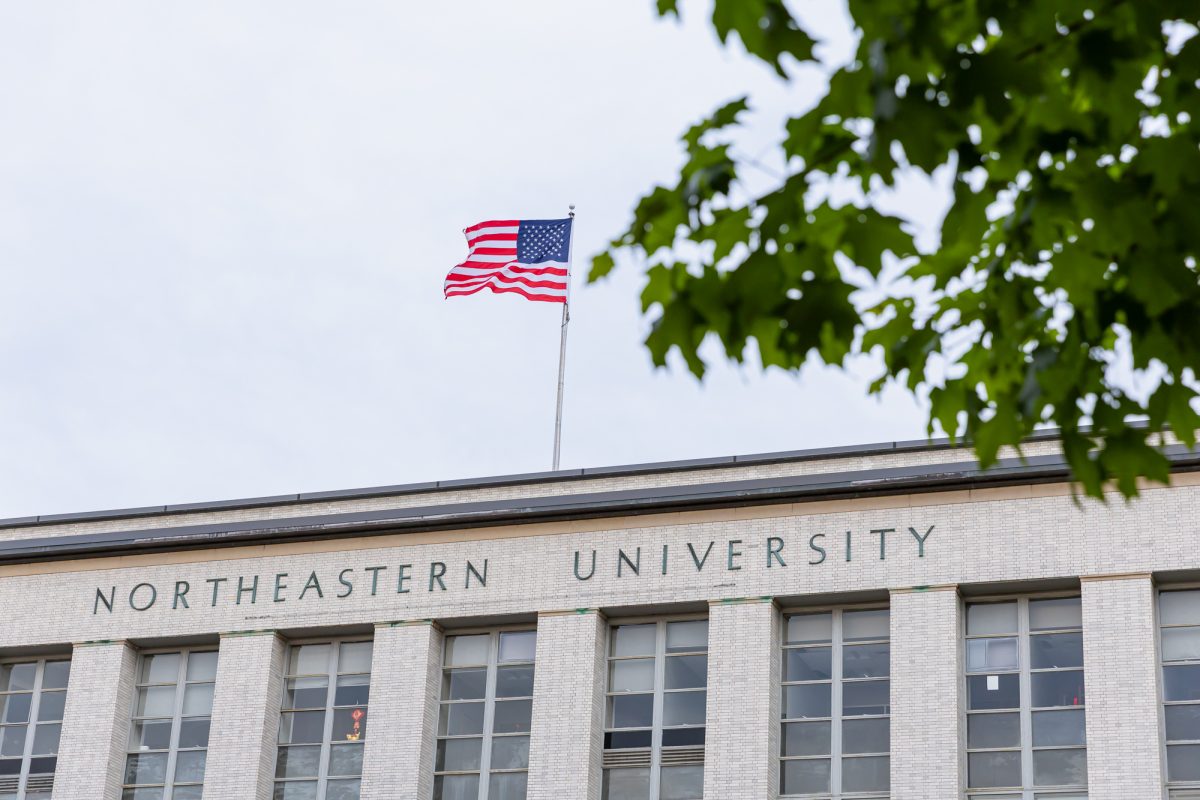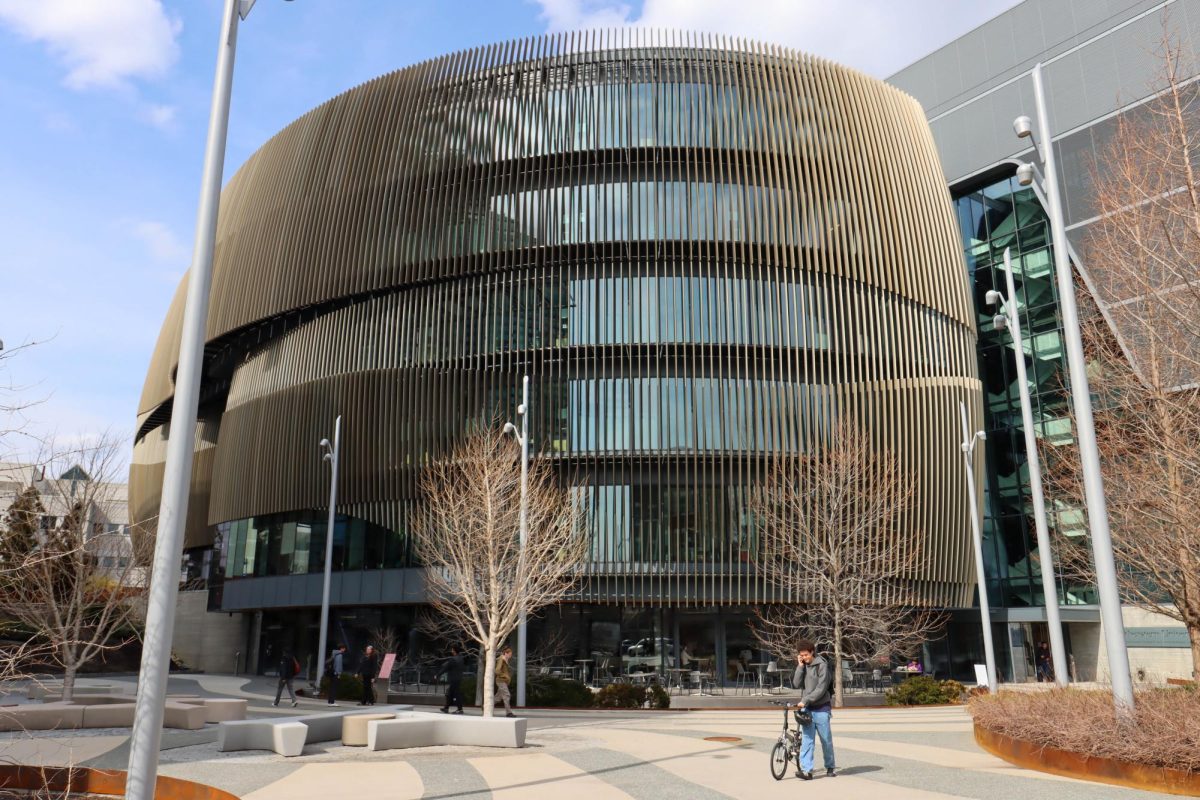
As Northeastern has transformed itself in size, selectivity and stature over the past decade, the rise of the West Village complex has physically paralleled the university’s climb.
After eight years and $311 million in construction, the nine-building development came to an end last week with the opening ceremonies of West Village F.
And while the award-winning buildings are a staple on campus and a draw for many prospective students, their construction has not been free from turmoil.
The university’s decision to house freshman honors students in the 41 apartment-style residences in the new building was a sore spot for some upperclassmen, many of whom said they felt it was unfair to give the newest on-campus housing to Northeastern’s youngest students.
The decision coincided with the $75 million Academic Investment Plan implemented by former President Richard Freeland, media relations specialist Raul Fernandez said. The plan involved the expansion and enrichment of the honors program, which included providing honors housing and improved offices for the honors department, he said.
Nate Schow, an engineering major who currently lives in Kennedy Hall – previously reserved for freshman honors students – echoed a resentful sentiment.
“I’m not going to complain because I am a freshman, but it does seem sort of unfair,” Schow said.
Among West F’s seven stories are classrooms, the honors program offices, and the African-American Institute (AAI), which before last summer had its own freestanding building at 50 Leon St.
The move of the AAI from its own space into the confines of West Village F was met with mixed feelings last spring.
Tiffany Malcolm, president of the Black Student Association, said the negative feelings about the loss of the freestanding institute have dissipated over time.
“Students still feel connected to the legacy of the freestanding building, what it meant and what it stood for, but we have the new building to look forward to,” Malcolm said.
She said a lot of the black community on campus would like to see a monument erected on the grassy area in front of the institute to recognize where the building once stood.
At the opening ceremony Sept. 14, Malcolm praised the beauty and significance of the new building.
“[For] a school that prides itself on academic integrity and distinction, the building is an honor,” she said. “We are lucky to live in such comfort.”
An opening ceremony for the AAI portion of the building will be held at noon Oct. 14.
William Rawn Associates designed all seven of the West Village complexes, which provide 2,113 beds, raising the total number of beds to allow at least half of Northeastern’s undergraduate students to reside on campus.
The first of the West Village complexes, building A, opened in 1999. Prior to its construction the newest hall at Northeastern was Willis Hall, built 21 years earlier.
The design of West Village A, as well as buildings B and C, which opened in fall 2000, won multiple architectural honors, including the Boston Society of Architects (BSA) Award for Design in 2001 and the Honor Award in 2002. Two years ago, the buildings were again honored by The American Institute of Architects (AIA) and given the Honor Award for Architecture.
West Village E opened in 2002 and buildings G and H followed two years in September 2004. Building H, which also became home to the College of Computer and Informational Science, was awarded the Harleston Parker Medal by the BSA in 2005. That same year, the entire West Village master plan was awarded the AIA National Award in Regional and Urban Design.
Even though the construction of west campus has come to completion, Northeastern’s student body continues to grow. The next question is: Where is there left to expand?
Fernandez said the university hopes to increase the total number of beds on campus. Moving forward, the model the university is working with is to include input from the community and the Boston Redevelopment Authority to find the right locations for new “state-of-the-art” residence halls, he said.
For the last decade, the university has been branching away from “boxy” residence halls, like the Stetsons and Speare Hall, and is looking to build more attractive housing and suite-style apartments, Fernandez said. Students want to live in the residence halls, not just because of the convenience, but because they are pleasing to live in, he said.
For undecided major Mark Rizzo, the opportunity to live in Building F is one he’ll make the best of during the year ahead.
“We know that this is the best [housing], we’ll get, so we’re enjoying it,” he said. –>








